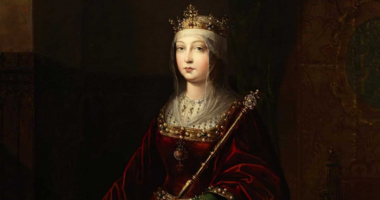Top 6 Interesting Facts about Orville Wright
Orville Wright was an American inventor and the other half of aviation legend. He, along with his brother Wilbur, invented the world's first successful ... read more...airplane. Thanks to this great invention of his, modern aviation has developed even more. However, there are many truths behind that success that we do not know about Orville Wright. The following article of Toplist will introduce you to interesting facts about Orville Wright.
-
One of the interesting facts about Orville Wright is that he is the father of modern aviation. The "Fathers of Modern Aviation" are Orville and his brother Wilbur, who piloted the first airplane in history. Many people have claimed to have made the first successful engine-powered aircraft flight, however, most experts in aeronautics and analysts give the Wright Brothers credit for that accomplishment. Following a successful flight attempt, they resumed work on improving the Wright Flyer.
Orville Wright created the first airplane with challenging tests with the help of his brother's research. They flew the Wright Flyer for the first time continuously under control in a powered, heavier-than-air plane 4 miles south of Kitty Hawk, North Carolina, at an area now known as Kill Devil The Hills. The control of an airplane that could be propelled by a fixed-wing engine was also created by the two brothers. The first engine-powered airplane was successfully flown and landed by the Wright Brothers in 1903 after a three-year wait. Only five people, including the two brothers, witnessed the initial flight, which only traveled 120 feet, but those 12 seconds were enough to determine the plane's age. A time when adults spent hours traveling across oceans and children gazed up at the clouds from inside enormous 747s.
Now, the successful construction of airplanes has greatly helped in mobility. You can go to different continents in just a few hours, at most a day for your trips. That's why Orville Wright is known as the father of aviation.
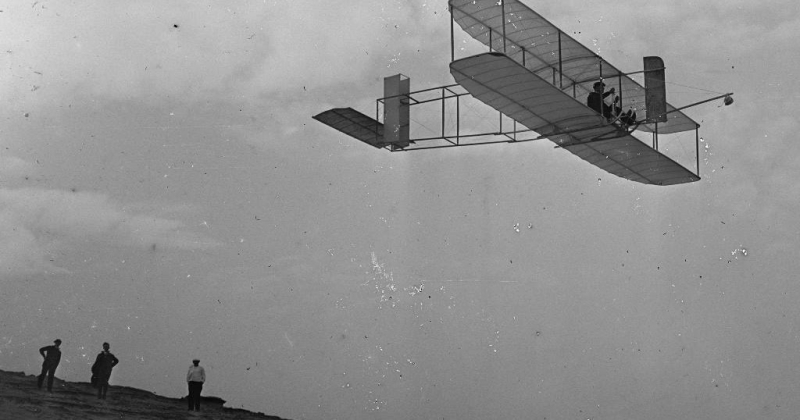
Photo: https://1.bp.blogspot.com/ 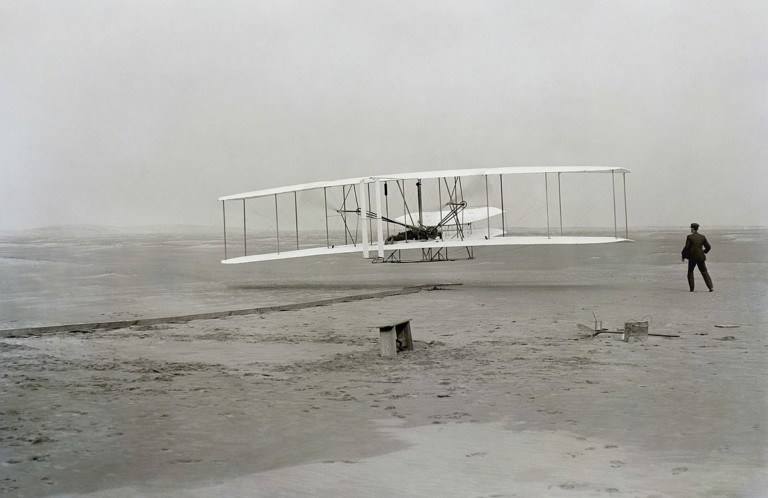
Photo: https://aviationoiloutlet.com/ -
Orville Wright and his brother were passionate about bicycles before becoming seriously interested in flying. After the creation of a more comfortable and secure bicycle, America developed a bicycle mania. The shop mostly offers bicycle sales and rentals. Later, it grew to include component sales and repair services. The two brothers began building their own bicycles using their aptitude for tinkering and experimentation. They started out with simple ones called St. Clair and then produced the more pricey Van Cleve. The business was successful in making a few thousand dollars annually. They opened their final store at 22 South Williams Street in 1895, and it is still operating today.
Two brothers opened a repair and sales business (Wright Cycle Exchange, later Wright Cycle Company) in December 1892 to capitalize on the growing interest in bicycles across the country (which was sparked by the development of the safety bicycle and its notable advantages over coinless designs). In 1896, they started producing their own brand of bicycles. They funded their developing interest in flying with this endeavor. They perused newspaper or magazine articles from the early or mid-1890s, perhaps even images of Otto Lilienthal's breathtaking glides in Germany.
It seems Orville Wright is very passionate about his creative research. Not only was he the creator of the first airplane, he also built the first bicycles bearing his own brand. This shows that he is an intelligent, creative person who is enthusiastic about research and manufacturing.
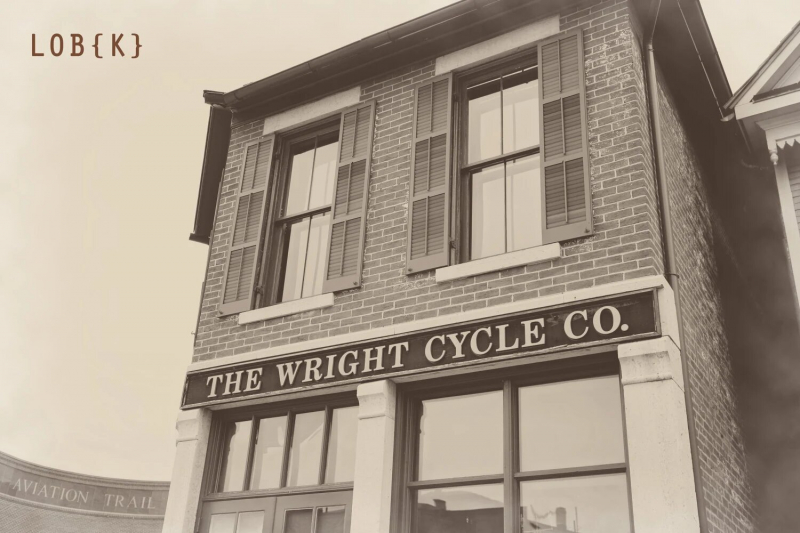
Photo: https://img0.etsystatic.com/ 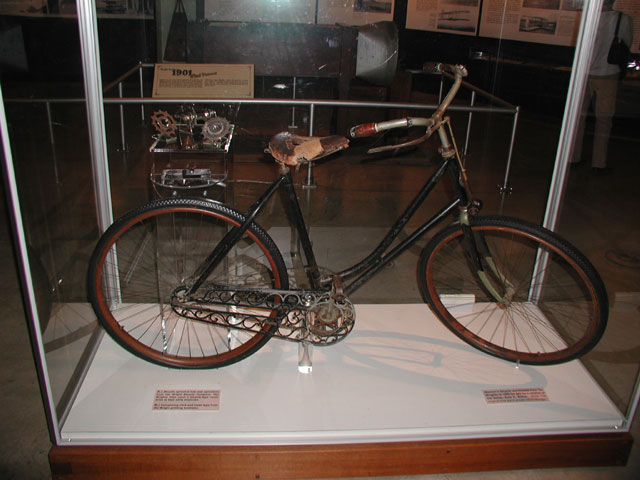
Photo: https://www.montaguebikes.com/ -
In 1909, Orville Wright and a group of businessmen founded the Wright Company, which made them incredibly wealthy very quickly. Despite spending the majority of their time in legal battles over patents, the brothers launched a flight school and offered hardware and ideas for planes.
Orville, who was 77 years old when he passed away from a heart attack in 1948, outlived Wilbur, who passed away in 1912 from typhoid disease. He had a brief encounter with Charles Lindbergh in 1927, and they took a final flight together aboard the Constellation. Orville Lockheed, a Lockheed star in 1944, witnessed numerous significant aviation accomplishments during World War II, including the development of the first jet engine and rocket.
In a lengthy interview years later, Orville expressed sorrow at the loss of life and destruction brought on by World War II bombers: "We dared to dream that something we created would result in enduring world peace, but we were mistaken. No, even though no one can be more appalled by the destruction than I am, I don't regret creating the airplane. I feel the same way about the plane and the fire. In other words, while I apologize for the fire's horrific harm, I believe it was fortunate for humanity when someone discovered how to start a fire and we learned how to put it out with countless useful applications.
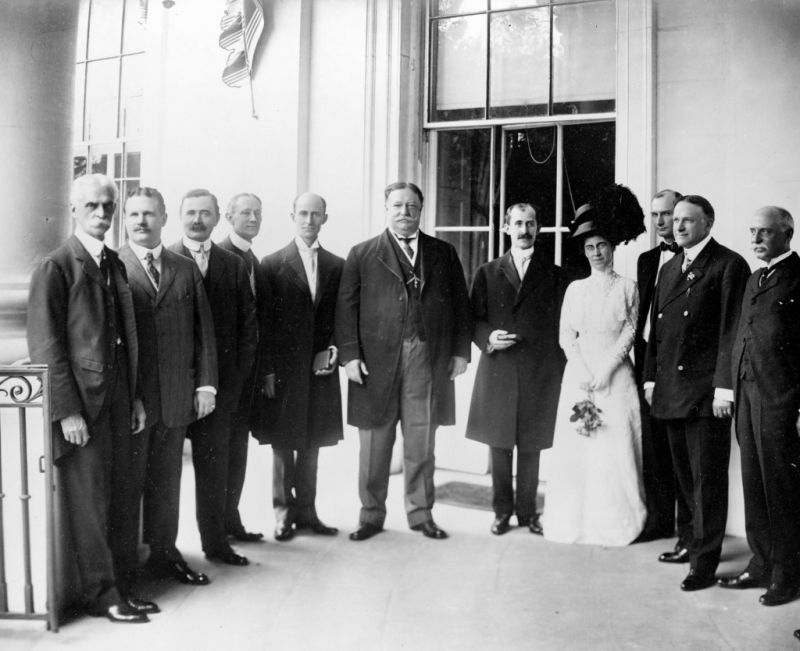
Photo: https://www.pbs.org/ 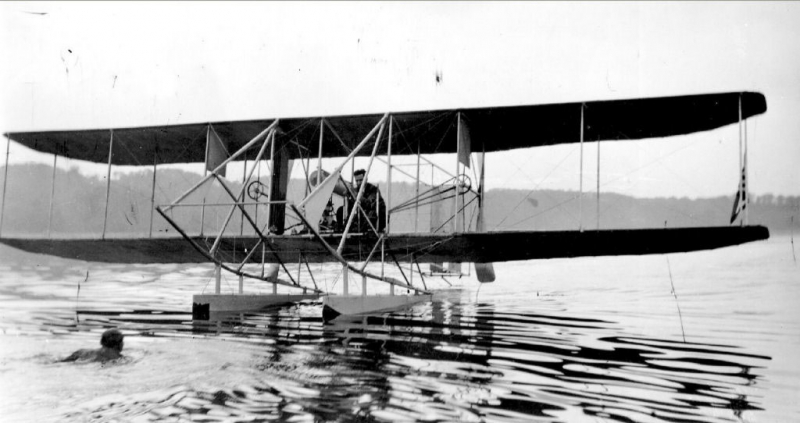
Photo: https://express.adobe.com/ -
One of the interesting facts about Orville Wright is that the flight was initially received with suspicion. Skeptics in the European aviation community attacked the Wright brothers in the press in 1906. They were openly derided by European newspapers, particularly those in France, who called them con artists. Despite the published accounts, Ernest Archdeacon, the Aéro-Club de France's founder, openly mocked the brothers' claims. He claimed in particular that "the French will conduct the first public demonstration of motorized flying" in a number of articles he authored in 1906. Paris Edition of The New York Herald. The Wright Brothers' reputation in Europe was summed up in an editorial on February 10, 1906: "Whether the Wrights had flown is up for debate. Either they had a machine or they didn't. Actually, they are con artists or liars".
Few people were there for the original trip, and despite eyewitness accounts, few people were aware it had taken place. The media received minimal attention as a result of the two brothers' secrecy and desire to keep their ideas hidden. When the information was made public, there were, nonetheless, numerous skepticisms. After the Wrights' maiden flight in France in 1908, the Archdeacon publicly acknowledged that he had treated them unfairly.
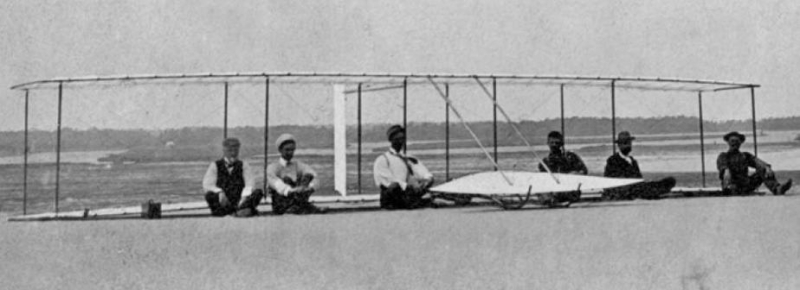
Photo: https://www.discoverwalks.com/ Source: Yaroooh! for Kids | News - Magazine's Youtube Chanel -
When Wilbur passed away in 1912 from typhoid illness, Orville carried on the work they had both started. He has little interest in business and lacks his brother's determination in that regard. He sold the business three years after his brother passed away. He went back to his lab to work on research and design. His work has aided in the advancement of aircraft technology for the American military.
The Wrights modified the Wright Flyer's design by shifting the lift's horizontal location from the front to the back, adding wheels, and leaving the slides in place as part of the undercarriage. At that time, it becomes obvious that the rear elevator will facilitate control of the aircraft, particularly when high speeds become more frequent. Although the Wrights never referred to the initial canard design as "Model A," the new version was given the moniker "Model B." The US Army Signals Force, who bought the plane, referred to it as a "Wright Class A."
It's significant that Orville Wright improved and developed aviation technology for the US military. Additionally, this has strengthened American aviation more than before. He spent the last three decades of his life serving on aviation-related boards and committees, notably the National Advisory Committee on Aviation, funded by the National Aeronautics and Space Administration, because of his extensive Orville Wright experience.
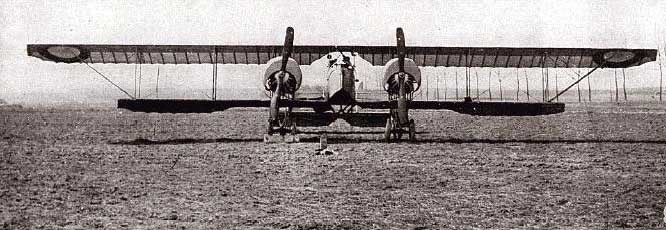
Photo: https://orvilleandwilbur.weebly.com/ 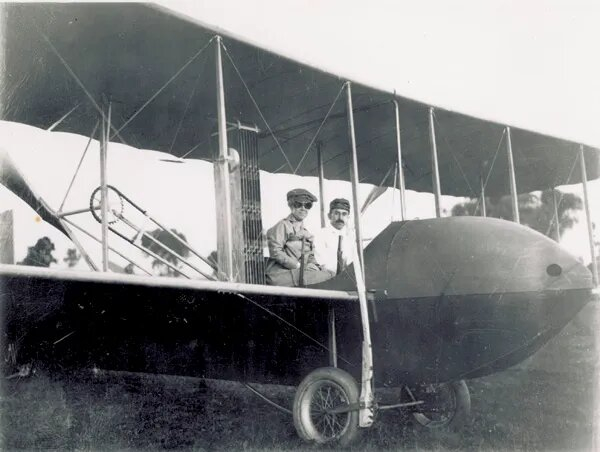
Photo: https://i0.wp.com/ -
Early in the 20th century, generating claims and proving them for the first time might be laborious, particularly for inventions. Digital cameras that could have captured the event or broadcast it live were not present. The Wright brothers do not stand out. Even in the military, many people were skeptical of their assertions. Samuel P. Langley, the Smithsonian Institution's secretary at the time, is credited with making the first successful flight. The Smithsonian actually recruited another inventor, Glen Curtiss, to construct Langley's plane in order to support their claim even though Langley had failed. The public was not informed by the Institute of the alterations made to the original Langley Airport. They require funding, which is their main motivation.
In order to support his claim, Orville Wright restored the original Wright Flyer and toured the country. To assist address errors in the Smithsonian's history, he even gave the plane to the Museum of London. By 1942, the Smithsonian had apologized and withdrew due to certain public requirements, particularly those in the aviation industry. It is currently the Smithsonian National Air and Space Museum's most significant item. The fact that Wright fought so hard for the legal claim of the first flight with the Smithsonian is a testament to his bravery in his achievements.
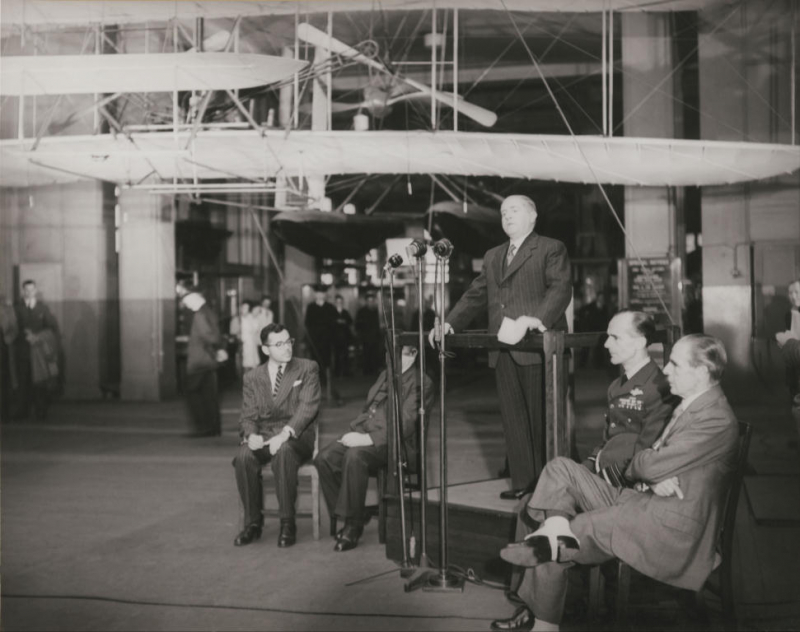
Photo: https://www.wright-brothers.org/ 
Photo: https://www.wright-brothers.org/


























